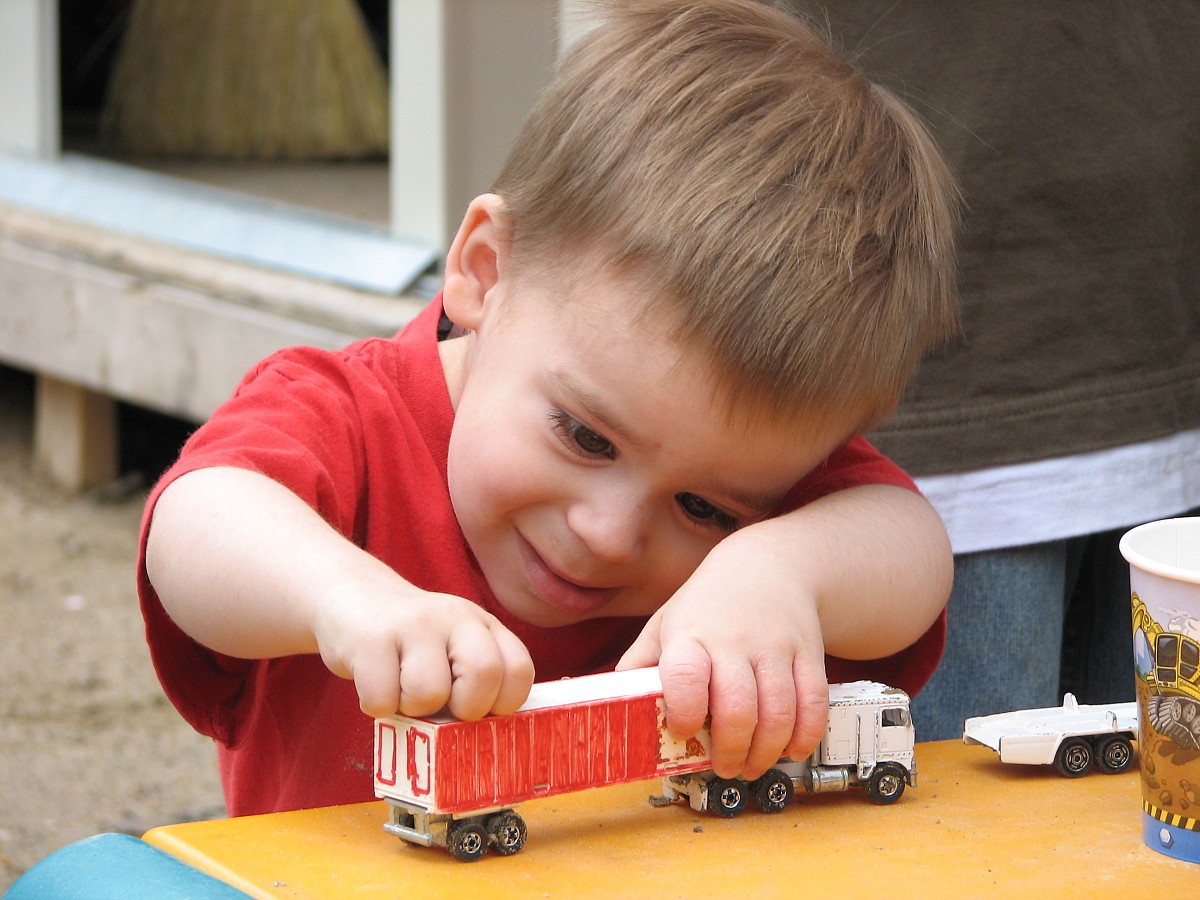Prepping Your House for an In-Home Day Care Center
 While there are many practical and legal considerations to having a day care in your home, nearly all are “not unreasonable. It’s a lot of hoops to jump through, but as a parent I'd want all of these needs to be met,” explains Lorian Lamuniere, of Bernardston, MA. After completing her teaching degree, Lamuniere decided to open a home day care. Her reason? “I wanted to be my own boss, but also be able to spend more time with my son.”
While there are many practical and legal considerations to having a day care in your home, nearly all are “not unreasonable. It’s a lot of hoops to jump through, but as a parent I'd want all of these needs to be met,” explains Lorian Lamuniere, of Bernardston, MA. After completing her teaching degree, Lamuniere decided to open a home day care. Her reason? “I wanted to be my own boss, but also be able to spend more time with my son.”
The US Department of Education oversees individual state DOEs in many regards, including the standards for operating an in-home day care State laws may vary to some degree, but are all essentially similar. If you'd like to open a day care in your home, start by contacting your state’s DOE. According to Lamuniere, DOEs provide the applicant with detailed information, lists of requirements to qualify, and inspection of the area. “Despite the many requirements, it can be done inexpensively if you have an appropriate space to use and you don’t want to have more than a couple of kids to take care of,” asserts Lamuniere.
Modifications to your home in order to open a day care
Lamuniere mentions that the most basic requirement to open a day care in your home is square footage of indoor space per child. In Massachusetts, for example, you need to have 150 square feet for 1-2 children, 225 square feet for 3-6, and so on.
Other modifications and special requirements for the indoor space in MA include:
- At least two separate hazard-free exits.
- Exit signs posted.
- Installed and working smoke and carbon monoxide detectors.
- No peeling or flaking paint inside or out.
- Windows securely screened, barricaded, or openable only from the top.
- Lead certificate for a house built before 1978.
- Electrical outlets and wiring childproofed.
- Cabinets, stoves, and appliances childproofed.
- Stairways gated.
- No access to any chemicals or hazardous products.
- First floor restroom preferable to allow constant visual contact with the children.
- Adequate lighting.
Modifications to the outside of your home when opening a day care include:
- Have a fence installed around your property if you are close to a road.
- Add age-appropriate play structures. “You don’t want to have a rock-climbing wall if you only expect to be caring for 3-year-olds,” clarifies Lamuniere.
- Follow state requirements regarding the shade:sun ratio in areas of your property the children have access to.
- Block children's access to water such as a swimming pool, stream, or pond.
- Ensure that play areas are clearly visible to the day care provider at all times.
Licensing and inspections of day care facilities
While there are again some variations among states, in general you will need to have your day care fully set up with modifications; clean toys; and a daily schedule, curriculum, or plan prior to inspection. “You can get a license in a day if you have everything together. Otherwise, you will be advised of changes that need to be made and they will come back to re-inspect,” warns Lamuniere.
You will also need to have inspections by the local building inspector and health department.
Requirements of family members and pets in and outside the home
All family members will have criminal and sex offender status checked. The entire household must have appropriate immunizations and documentation.
Pets and livestock will need to have proof of licensing, vaccinations, or other local health department regulations. In general, the children are not to have contact with your family pets or livestock and must be prevented from accessing the animals.
Lamuniere states that over the years more has become required of day care providers, such as the amount of time children are allowed to watch television as well as the programming. “Education folks recognize now that it’s not just babysitting, it's early education.”
Cris Carl writes for Networx.com.
Updated March 7, 2018.
Looking for a Pro? Call us (866) 441-6648

Fencing Average Costs
Fence Contractors Experiences

Beautiful Kitchen Remodel On A Budget

The Best Contractor: Prompt, Accurate And Ready For The Unexpected



